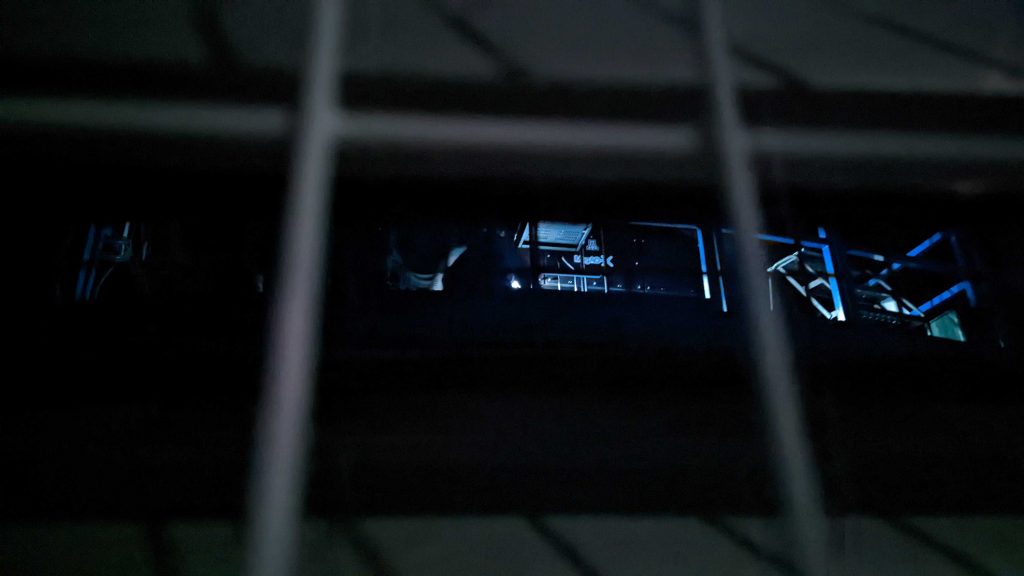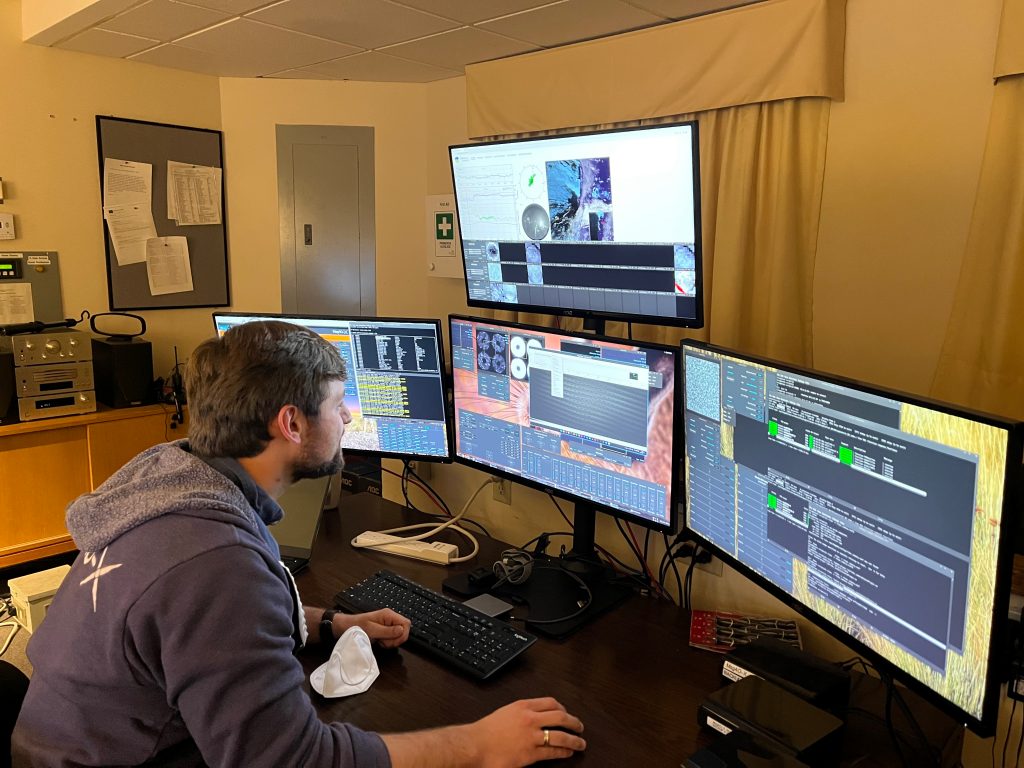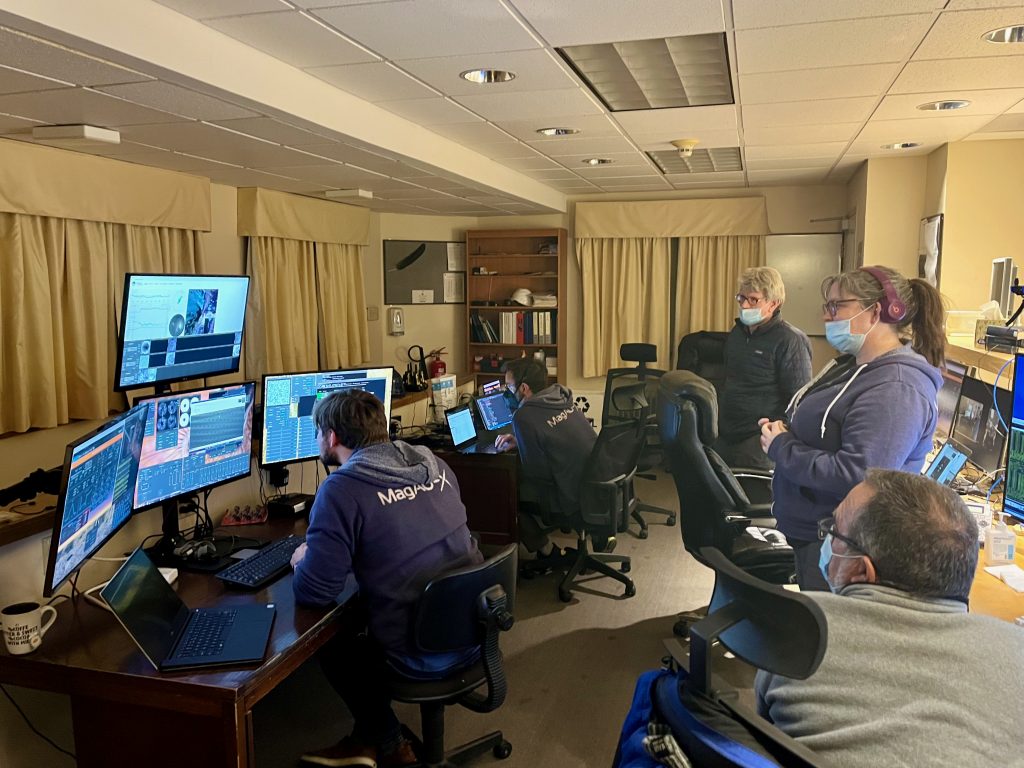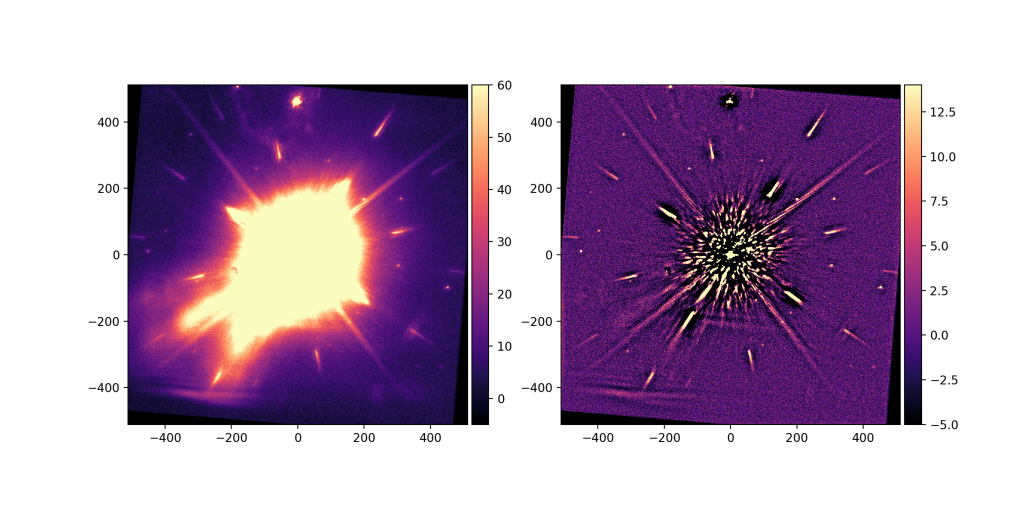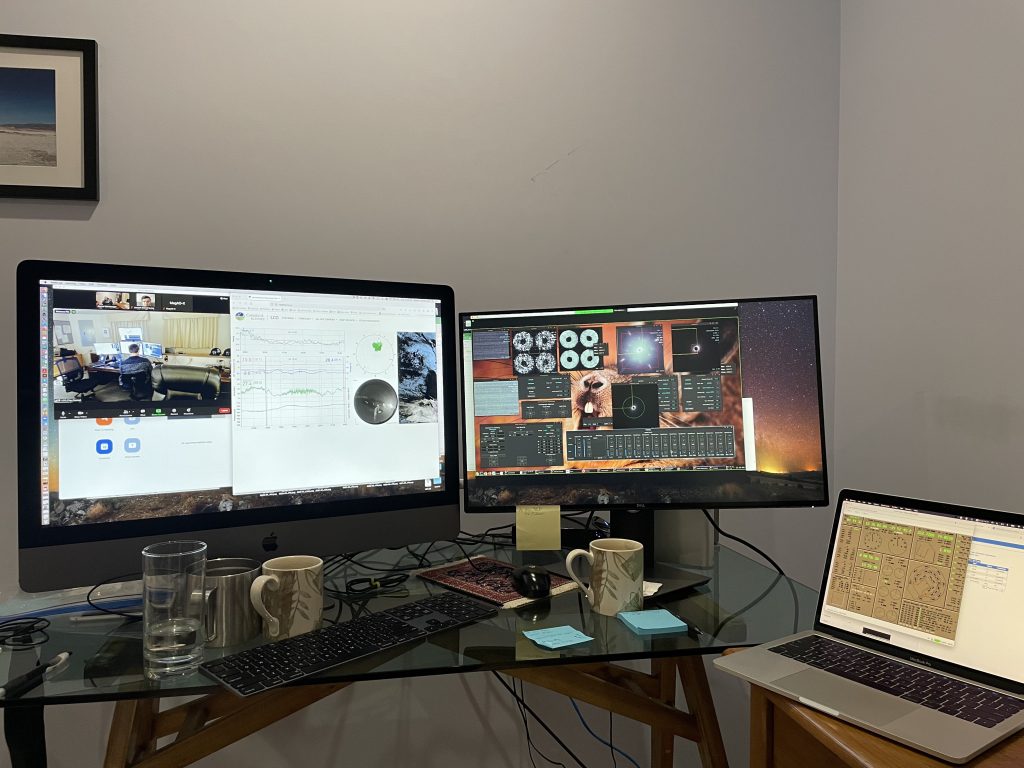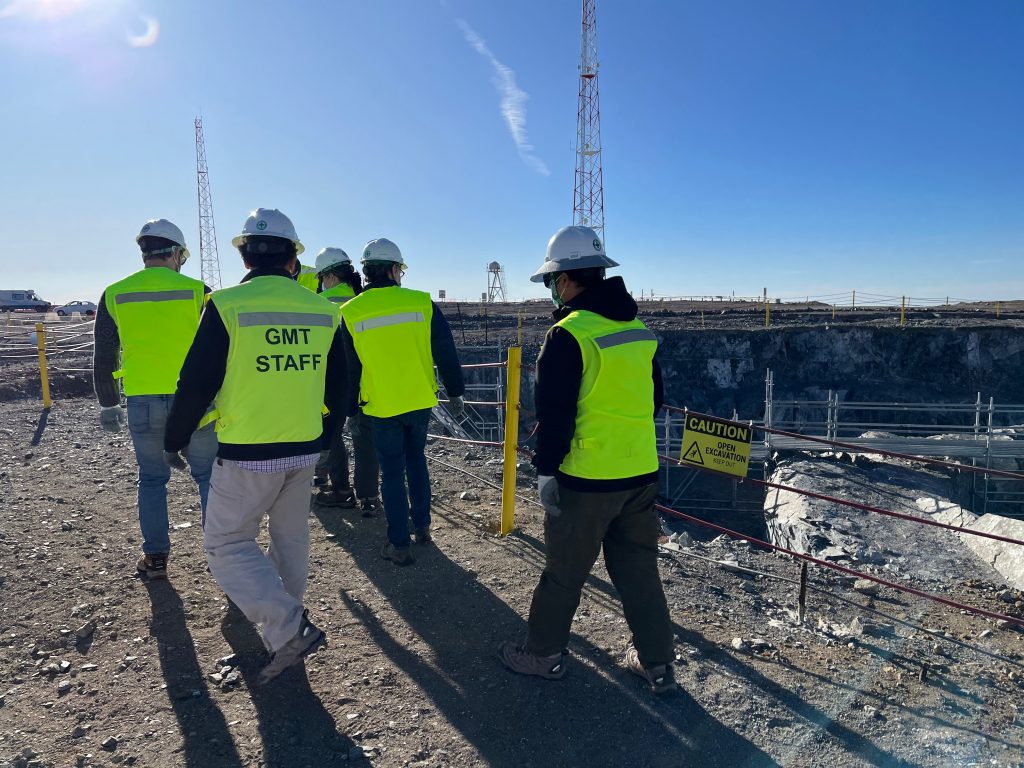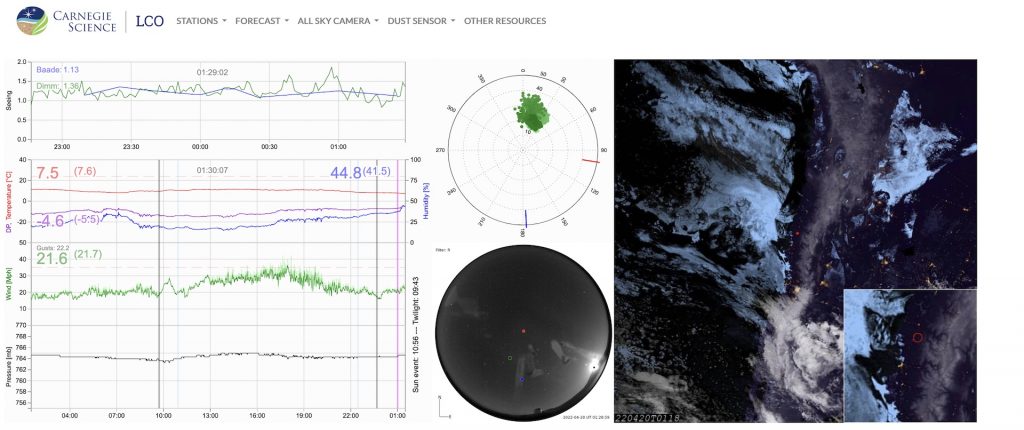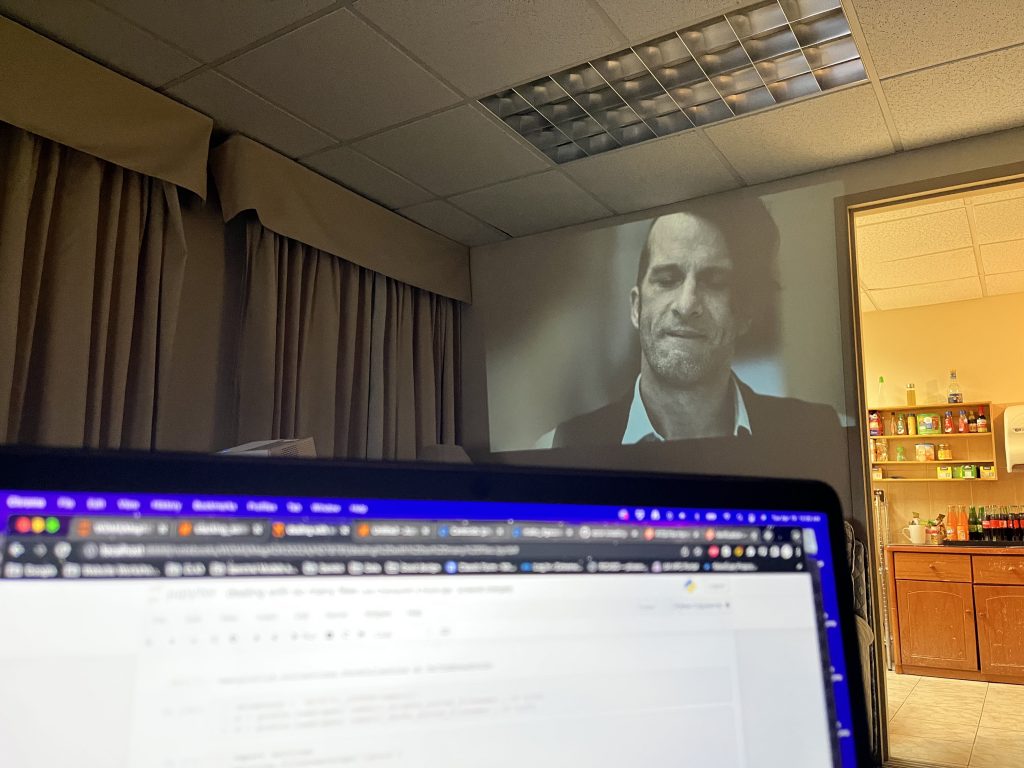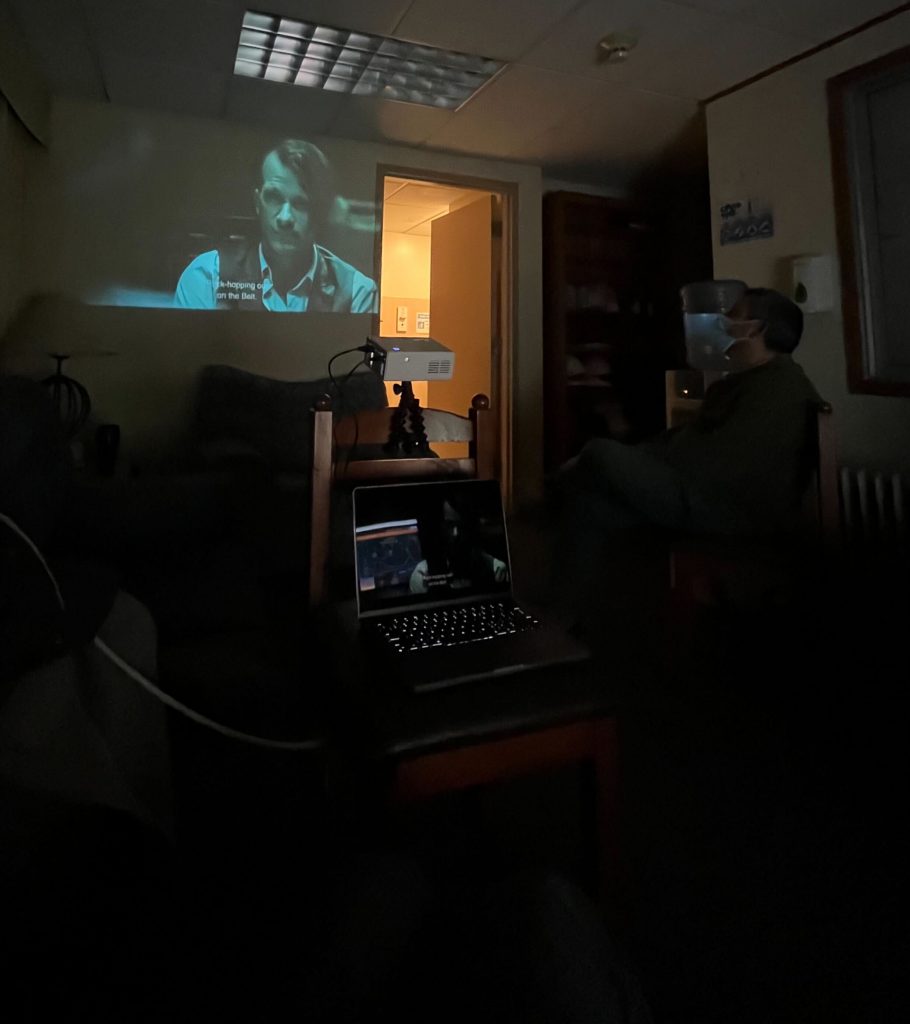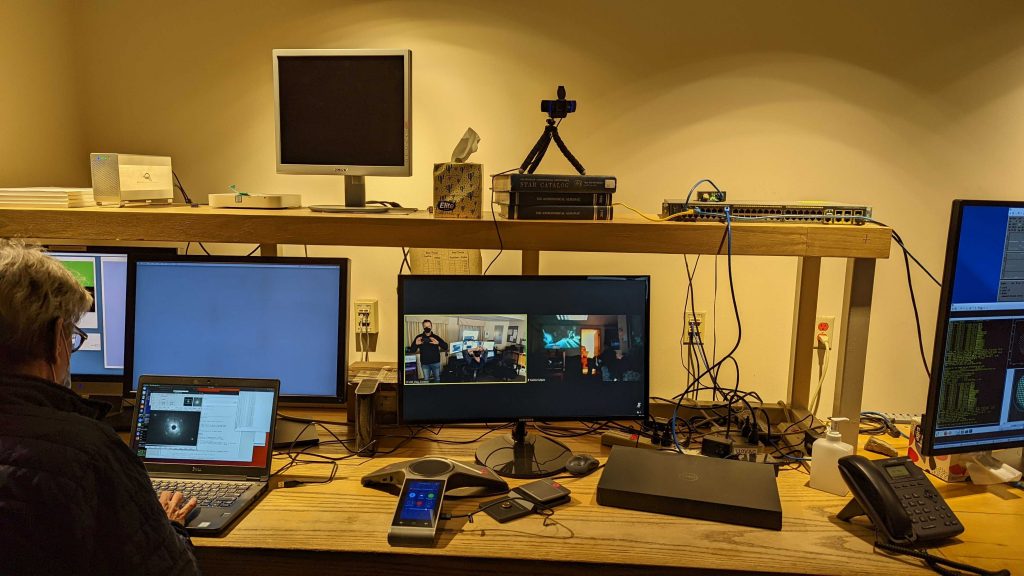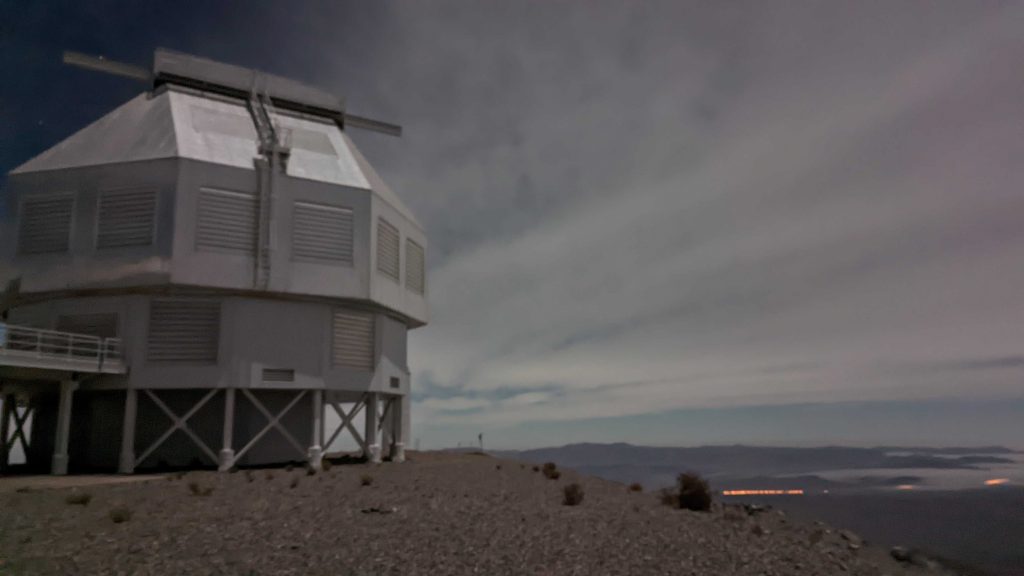We thought that we would go on-sky with MagAO-X for 14 nights when we left Tucson nearly 4 weeks ago. However, after some heated debate we realized that we never checked the official schedule of the telescope. Well, we got another night coming up. Luckily we build in a day of contingency and we can actually observe the real last night too.

This run was full of new problems and challenges as time went on. It has been over two years since MagAO-X was on the telescope, and we had forgotten many things that had to be fixed. Over the past four weeks we have fixed so many things to make a smooth runnig system. And, that is something we noticed last night. MagAO-X worked without any problems or hiccups. We had great performance and a very robust setup. And to quote some random person, “MagAO-X is working surprisingly well. I never expected this”.

MagAO-X is now one of the first, if not the first, visible AO system with a coronagraph. An image behind a Lyot coronagraph is shown above. Coronagraphs are used to block star light while letting exoplanet light pass through. So its a way to ‘turn off’ the star. However, speckles often mess us up. According to wikipedia; a speckle is a granular interference that inherently exists in and degrades the quality of the images. We don’t like speckles, they add light in places we don’t want and they look like planets. So speckles have to go. Though, sometimes they can also be useful. The image above shows a set of speckles in a cross close to the center of the image. We use these to add artificial calibration stars because the real star is removed by the coronagraph. These are useful speckles! The term speckle is not correct for these set of calibration spots, because speckles degrade image quality and we use it to improve our image quality. Therefore, from now on we will call them sparkles. And we have been using our Calibration Sparkles quite a lot over the past two weeks.
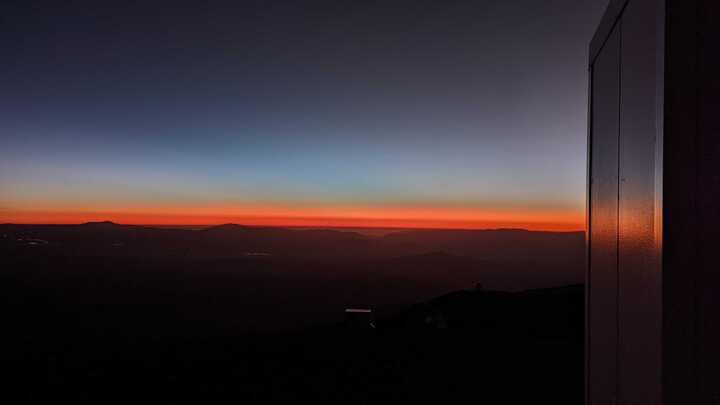
Our bonus night will be coming up tomorrow, or today ? I don’t know anymore what to call everything. We have been here so long that we have survived several crew rotations, and at least we will be going up for our 4th and last Empanada Sunday.
The song of today is from one of the more famous Dutch rap formations called “De jeugd van tegenwoordig” (The youth of today), who sing about stardust.
